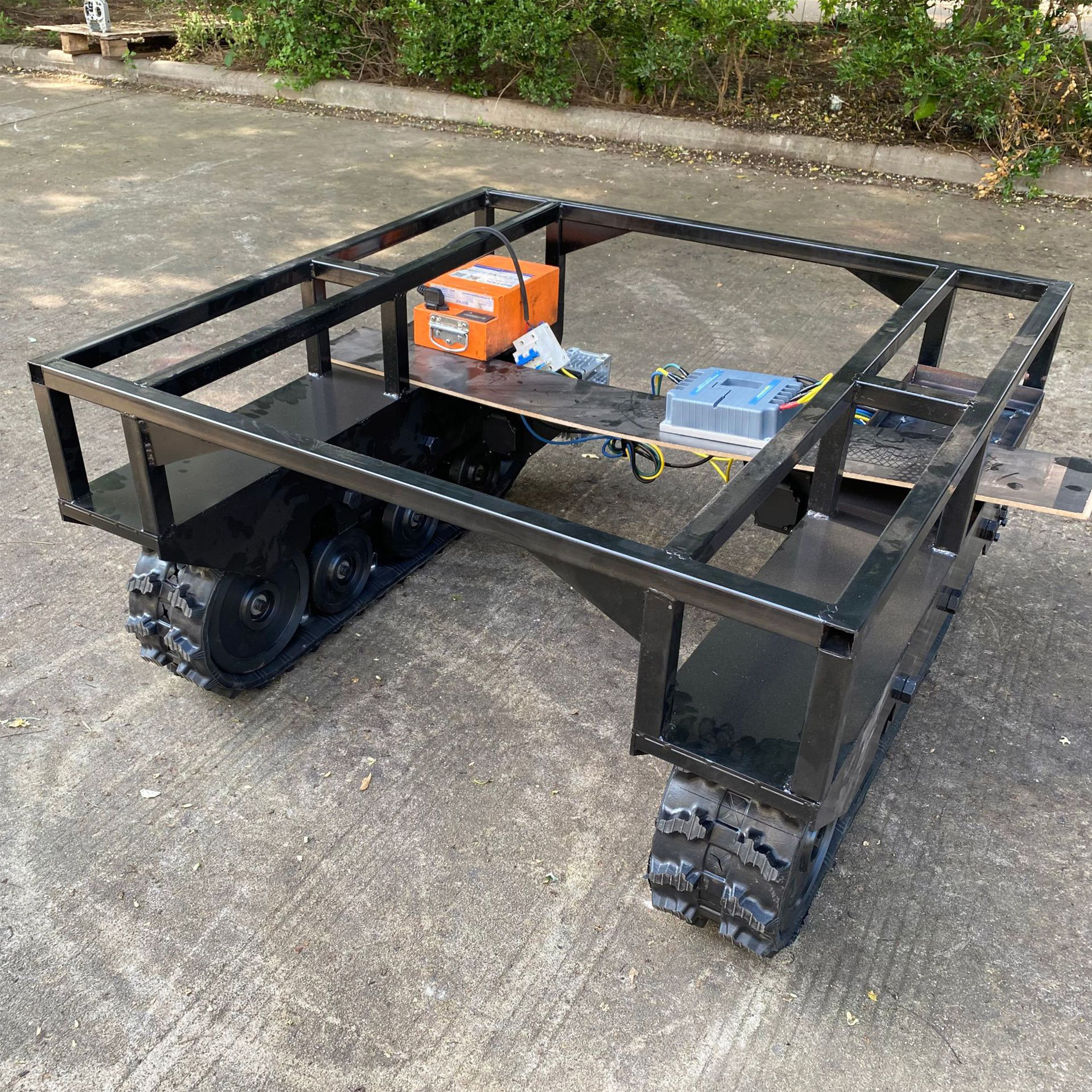The rise in popularity of off-road motorsports, recreational dirt racing, and remote terrain exploration has led to increased demand for specialized vehicle platforms—among them, the car dirt tracked chassis kit. Designed to handle rugged environments that conventional wheeled vehicles struggle with, these kits are an attractive option for builders, enthusiasts, and even small-scale utility operators. If you're considering a car dirt tracked chassis kit for sale, it's essential to understand what these kits offer, how they function, and what factors to evaluate before making a purchase.

A car dirt tracked chassis kit is a pre-fabricated frame or platform equipped with rubber or steel tracks instead of traditional wheels. It serves as the foundational structure for a tracked vehicle, usually intended for off-road use where mud, sand, snow, or uneven ground make wheeled mobility impractical. These kits are typically aimed at hobbyists, custom vehicle builders, or businesses looking to create specialized all-terrain vehicles (ATVs), robotic carriers, or rugged transport units.
Depending on the model and purpose, a car dirt tracked chassis kit for sale may include the following components:
A steel or aluminum chassis frame
Track systems with tension-adjustable rollers
Mounting brackets or support for electric or gas engines
Suspension systems for shock absorption
Pre-routed cable channels for electronic components
Powertrain compatibility specifications
Some kits are modular and designed for DIY assembly, while others come pre-assembled or partially pre-installed. This allows for varying levels of customization based on the user's technical skill and project goals.
There are several reasons to consider a car dirt tracked chassis kit over a traditional wheeled system. Tracks provide enhanced flotation over soft or loose terrain such as mud, sand, or snow by distributing weight over a larger surface area. This reduces the likelihood of the vehicle becoming bogged down.
In addition, tracks offer improved traction and stability on uneven terrain or steep inclines. For vehicles that need to navigate challenging conditions, particularly in remote areas or off-grid environments, a tracked chassis is often the reliable solution.
Tracked chassis kits are also increasingly being used in autonomous vehicle development, small-scale agricultural robotics, and military-grade reconnaissance platforms—further underscoring their versatility.
When evaluating a car dirt tracked chassis kit for sale, buyers should keep several critical considerations in mind to ensure the kit aligns with their intended application:
1. Chassis Material and Build Quality
Durability is a top priority in off-road environments. Look for a chassis made from powder-coated steel or aircraft-grade aluminum to resist corrosion and withstand mechanical stress. Weld quality and reinforcements at load-bearing points are also indicators of reliability.
2. Track Type and Design
Track systems vary widely. Some kits use rubber tracks with embedded steel cords for flexibility and shock absorption, while others use steel-linked tracks for heavy-duty or industrial applications. Consider your terrain—rubber is better for lighter weight and speed, while steel tracks excel in durability and rough conditions.
3. Weight Capacity and Load Rating
Every car dirt tracked chassis kit for sale has a specified load limit. Ensure the kit you're evaluating can support the combined weight of your engine, electronics, frame, payload, and passengers (if applicable). Overloading a tracked system can premature wear and performance loss.
4. Powertrain Compatibility
Some kits come with pre-set engine mounts or motor brackets compatible with specific combustion engines or electric motors. Be sure your preferred drivetrain can integrate seamlessly with the chassis, especially if torque distribution and speed control are important.